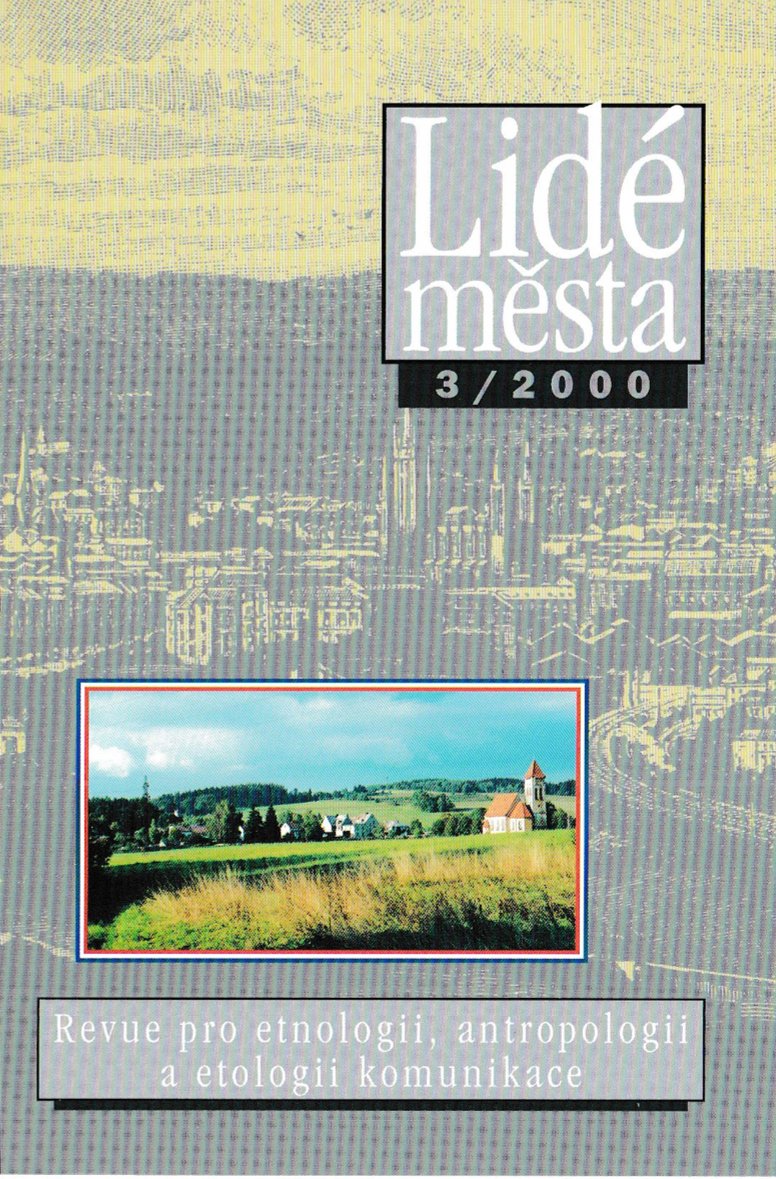Pozice vzdělání v procesu integrace imigrační skupiny
DOI:
https://doi.org/10.14712/12128112.4049Abstrakt
The text observes the process of integration-inclusion of immigration groups into macrostructures of the host society following the example of changes in the approach of an immigration group to education. There was the question of primary priority: How did specific social and economic conditions of a locality influence the approach to education in two communities emerging from a group which was originally only one? The analyzed immigration group was provided by Slovaks from Romania who resettled a number of villages of the Czech borderland after World War Two (in 1946-1949). The Slovaks had lived in Romania continually for 150 years. In the isolation of ethnically homogeneous, agricultural villages they preserved their language, a traditional, distinctive folk culture and their way of life. In this structure the value of education did not assume any significant place. The Slovaks who arrived in Czechoslovakia were largely illiterate and unskilled. By contrast, the development of education in the Czech Lands was consistent with central and west European trends. Basic education was taken for granted. Secondary andd higher education was regarded by Czechs as a precondition of a better career in work and in conjunction with it a means of advancing on the social ladder. The encounter of these approaches to education was enhanced by an interethnic and inter-group cultural conflict between Slovaks from Romania and the Czech population of the villages. Logically, it placed Slovaks from Romania on the lowest educational degree, which involved the poorest social position in the village, as evaluated locally. The open school system of Czechoslovakia was for the Rudá hora Slovaks a potential offer for changing their economic as well as social statute. This opportunity was also provided to Slovaks from Romania in two specific places. Although the two localities are adjacent, the economy and social situation in them-a village and a small town-were diametrically opposed, not only at the time of their arrival, but also in subsequent years, which were observed-between 1947 and 1990. The analyzed data on the achieved level of and approach to education in the considered localities were based on three sources: the population censuses taken in years 1950, 1970, and 1980; church and civilian registers from 1946-1990; and a field research conducted in the localities in 1988-1990. ln the first places under consideration Slovaks from Romania made up a majority of population, which they maintained even in subsequent years. Social isolation was reflected in professional self-sufficiency of the village. The situation in the neighboring small town was quite different. The majority was made up by Czechs of all types of professions and degrees of education. Due to their poor education Slovak settlers from Romania were placed in the competition to the lower position in the locality in economic as well as social terms. While in the former village Slovaks did not fully feel the social contempt by Czechs due to their culture - their distinctiveness - which involved illiteracy and a lack of skills, their fellow counterparts in the neighboring small town had to come to terms with negative acceptation by their new neighbors. The initial difference in the look at the Slovaks' poor education on the part of Czechs triggered in both observed groups a different development of the educational structure and approaches to education. Subsequently it caused Slovaks from Romania from both localities to adopt differing approaches to education. The change in the approach to education in the former locality (village) was prompted from outside, from the governmenťs effort to enhance the educational level of the population. This is why young people lacked any major backing from their parents. They were searching for their way slowly, depending on the transformation of social structure of their own community. Education chiefly became a means of fulfilling their own professional career, for which apprenticeship in a specific field was sufficient. By contrast, in the neighboring small town the effort to acquire better education was prompted by the own initiative of the community members as a reply to the contemptuous attitude of Czech neighbors. A rapid orientation in the opportunities offered by the educational system made it possible for both the old and young generations of Slovaks to enhance their own social prestige. The approach to education as a means of hierarchization of society eventually brought the descendants of Slovaks from Romania to universities.
Stahování
Publikováno
Jak citovat
Číslo
Sekce
Licence

Tato práce je licencována pod Mezinárodní licencí Creative Commons Attribution-NonCommercial-NoDerivatives 4.0.


